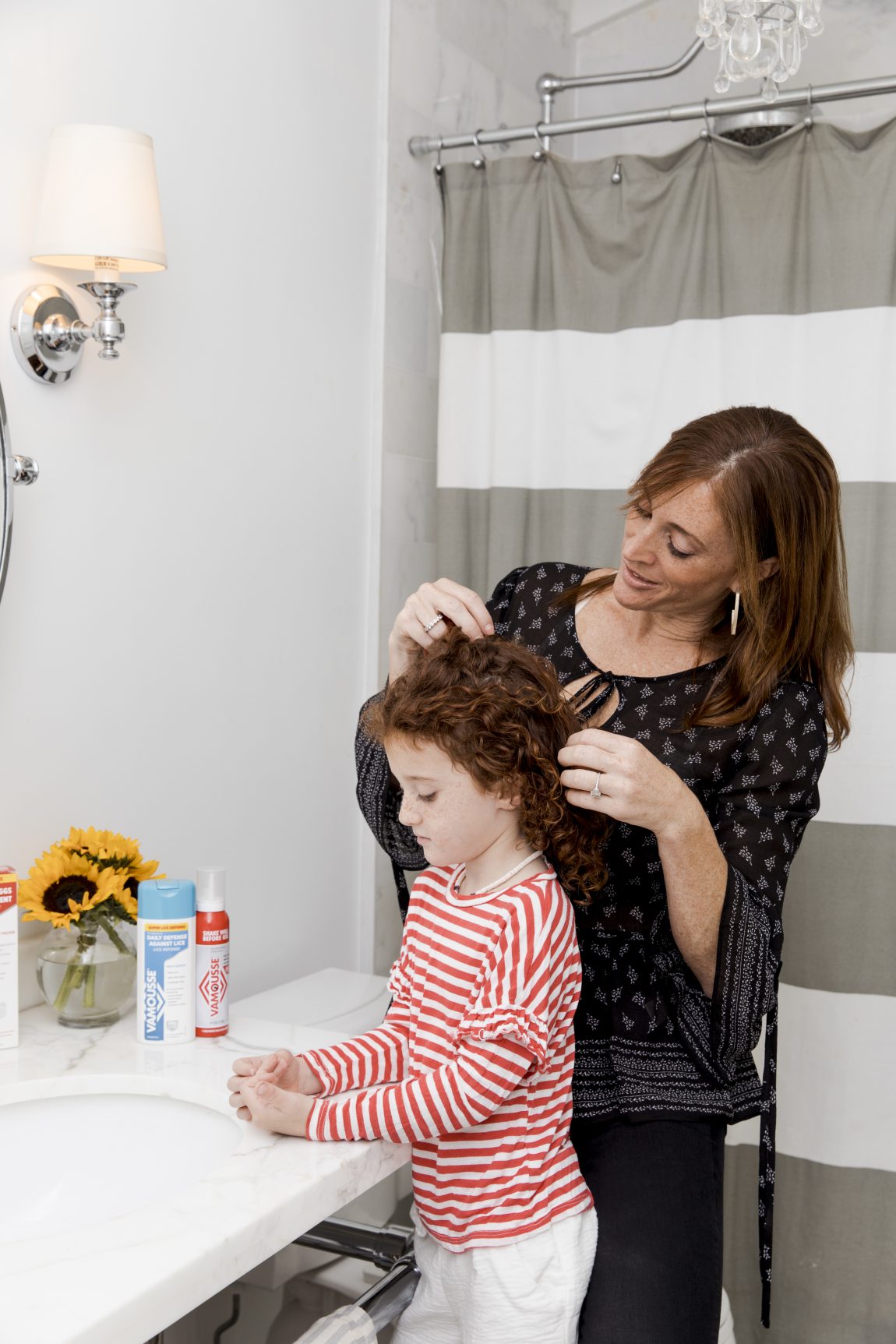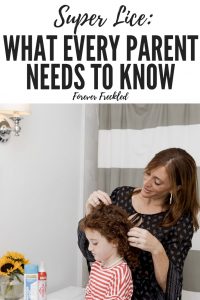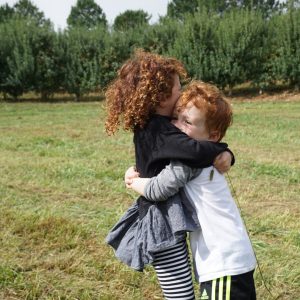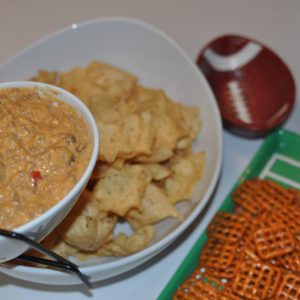
Super Lice…What Every Parent Needs To Know
Head lice! The thrills of parenting! Now “super lice!” Most of us will not make it through the elementary school years without some sort of head lice drama. The minute we find out there is a case of head lice in our child’s class we start to ask ourselves, is the classroom dirty, what child brought this into the school, and how come I was not informed sooner?
Before you start looking for a new school for your child, I am here to assure you that getting lice has nothing to do with cleanliness. Anyone can get lice, no matter how clean your hair or home. Head lice can cause great stress and anxiety for parents and many complain that it is getting harder and harder to get rid of head lice. This might be due to pesticide-resistant super lice which are on the rise and problems identifying the correct product. So today, we will be breaking down the itchy truth about head lice and discussing my tricks and tips to getting through this parenting nightmare.
Basic Facts about Head Lice
What are Head Lice? What are Super Lice? According to the American Academy of Pediatrics: Head lice are tiny insects, about the size of a sesame seed (2–3 mm long). Their bodies are usually pale and gray. Head lice feed on tiny amounts of blood from the scalp and if they are not on a person’s scalp, they can only survive about one day. Lice lay their eggs close to the scalp. Head lice live about 28 days. They can multiply quickly, laying up to 10 eggs per day. It only takes about 12 days for newly hatched eggs to reach adulthood. This cycle can repeat itself every 3 weeks if head lice are left untreated. Super lice are strains of lice that are genetically resistant to the chemicals found in some older over the counter treatments, like bacteria that are resistant to antibiotics. This comes as a surprise to many parents who look to buy these long-standing pesticide-based products believing they’re the most toxic to lice. More importantly, there’s no way to know if your child has lice or super lice. There’s nothing visually different about lice and super lice. Seeking out a product effective on super lice can be a great choice to kill lice no matter their genetics without having to worry about whether your child has lice or super lice.
How Prevalent are Head Lice? How do they spread? According to the Centers for Disease Control (CDC), there are about 6-12 million cases of head lice each year in this country among pre-school to elementary aged kids. That’s roughly, 1 in 5 kids every year. Lice are actually the #2 childhood health concern behind only the common cold. The most common way to spread head lice is direct human head-to-head contact. Lice do not have wings or powerful legs, therefore, they can’t fly or jump. They move by crawling through hair. Although you should avoid sharing hats, brushes, and towels, it’s very uncommon to transmit lice this way. The most common way children spread head lice is from direct head-to-head contact at social gatherings or school.
How do I know if my child has head lice? In many cases an infestation is detected after a child complains of itching. Often you will not see the lice as they move quickly when exposed to light, but you may find the lice eggs, also known as nits, as they cannot move and are glued to the hair shaft. Lice eggs are tiny, white, drop-shaped sacs laid within ½ inch of the scalp. Lice prefer warm, secluded areas and may be found more often behind the ears or at the nape of the neck, but don’t ignore the crown of the head. Many times lice eggs can be mistaken for dandruff. However, because eggs are strongly attached to the hair, they are much harder to remove than dandruff.
Not only are nits and lice so small that they can be easily missed, but it also takes 4 to 6 weeks for itching symptoms to start. Once a child is diagnosed, family and friends have already been exposed for weeks. That’s how lice outbreaks multiply – not by anyone’s poor hygiene or bad intention! Weekly head checks of all family members can head off an infestation. If you don’t find lice but are still concerned following lice exposure, be proactive and switch the whole family to lice prevention shampoos or sprays. When in doubt, make sure to have your child evaluated by a pediatrician.
There is someone in my child’s class that has head lice, what should I do? is there any way to prevent my child from getting it? Although there is no way of preventing your child from getting head lice, there are things that you can do to decrease the chance of infestation if you’ve been exposed:
- Pull their hair back. There is some evidence that suggests that girls are slightly more likely to get lice than boys. Keeping hair tied up in braids or buns may lower chances of an infestation.
- Lice prevention shampoos and sprays. If you want to defend your entire family daily against exposure to head lice, there are daily use products available. Two good options from pesticide-free head lice solutions brand Vamousse:
- Vamousse Lice Defense is a gentle daily shampoo designed to kill stray lice with each wash. It offers ongoing control against lice infestation by tackling potentially contracted lice before they are detected. Consider switching when there is an outbreak or risk of exposure at school, during summer camp or after treatment of any family member.
- Vamousse Lice Repellent is a leave-in spray for hair that repels lice which your child may contact during the 8-hour school day.

How can I get rid of head lice if my child becomes infested? Will over the counter lice products work? If you have an active infestation, you want to treat once and be done. That means taking care of both adult lice and their eggs. Perhaps the most important success factor in ending an infestation is to understand how a product works and to use it exactly according to the instructions. Believe it or not, there’s a SIGNIFICANT difference between the products, that’s not always obvious from the front of the packaging alone.
Not all products lice treatment products work in the same way. As a pediatrician, this is one of the reasons I prefer Vamousse Lice Treatment. It was developed by entomologists (bug experts!) to overcome the decreased effectiveness of traditional pesticide products. Vamousse is a great choice for parents because the convenient mousse formula goes to work within minutes to kill lice and their eggs – tackling the entire infestation cycle – while they’re still in the hair. Some products that talk about eliminating super lice and eggs are only acting as a conditioner for the hair to make it easier for parents to comb out the parasites and their eggs. Vamousse gives parents a serious tool to kill all stages of an infestation with one application. And differently, than a pesticide that only kills adult lice, no second treatment is required 7-10 days later since eggs are killed with the first application.

After treating the infested child, get peace of mind. Vamousse Lice Elimination Powder kills lice on non-washable household items – just shake the powder on, wait an hour, and vacuum.
Related: The Itchy Truth About Head Lice: A Pediatrician’s Breakdown
I have tried everything and I can’t get the rid of my child’s head lice? There are 2 things I tell parents frustrated about the recurrence of lice. First, ending an infestation means getting rid of lice AND their eggs – truly eliminating all aspects of the lice lifecycle. Just a couple of missed eggs can restart the cycle. Many new pesticide-free products advertise that they “eliminate” eggs. Read the instructions carefully. In many cases, “eliminates” means the treatment relies on the parent to comb them out rather than them being killed by the formula. For these products frequent, careful combing is the only way to have success. Vamousse Lice Treatment mousse kills super lice and eggs before they hatch and doesn’t require that you be an expert comber. Second, the other culprit of re-infestation is re-exposure to someone who hasn’t been successfully treated, so check the whole family diligently after exposure.
This Post is Sponsored but the opinions are absolutely our own! We pride ourselves in working with partners that are as passionate about health and wellness as we are.


